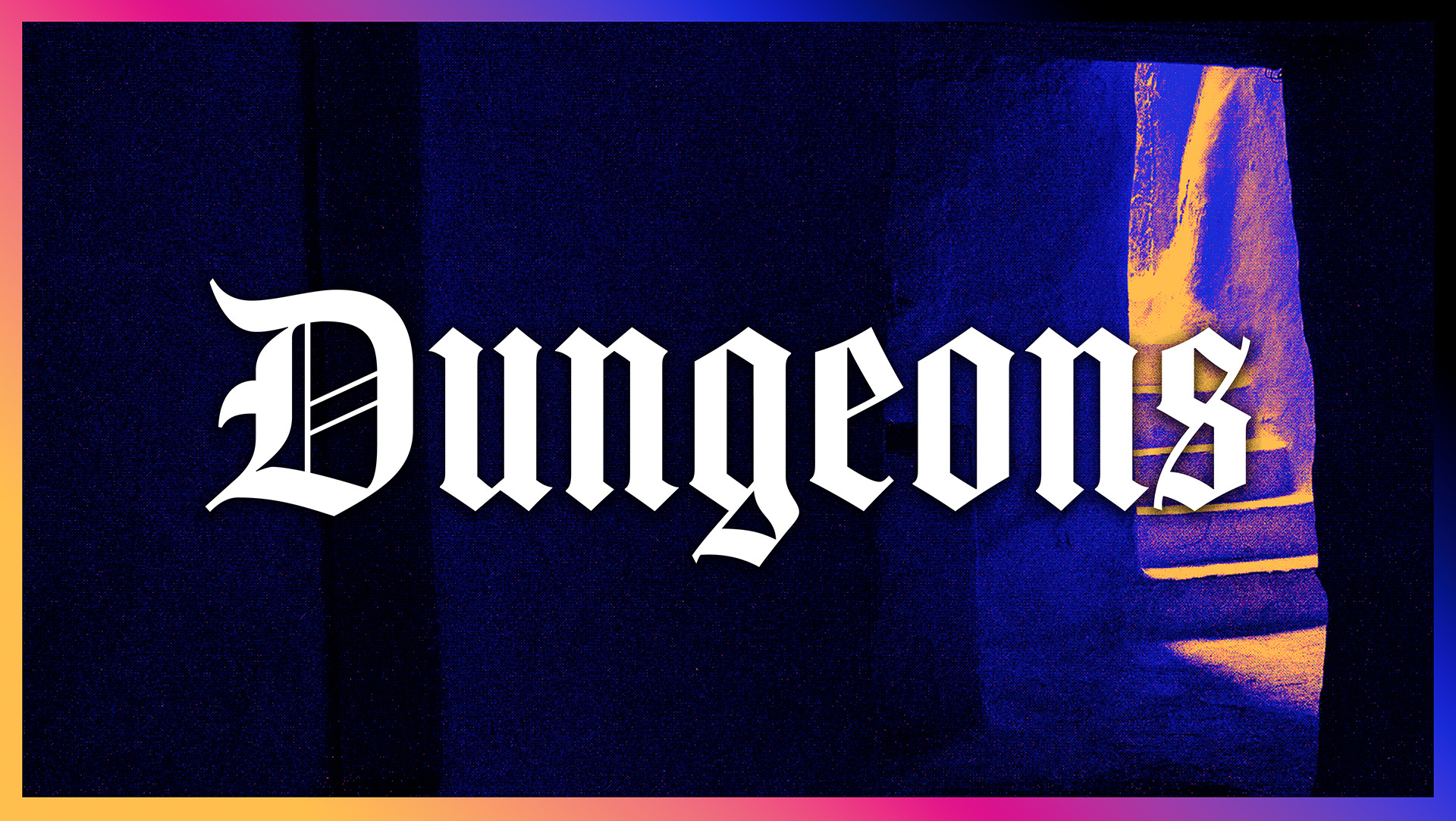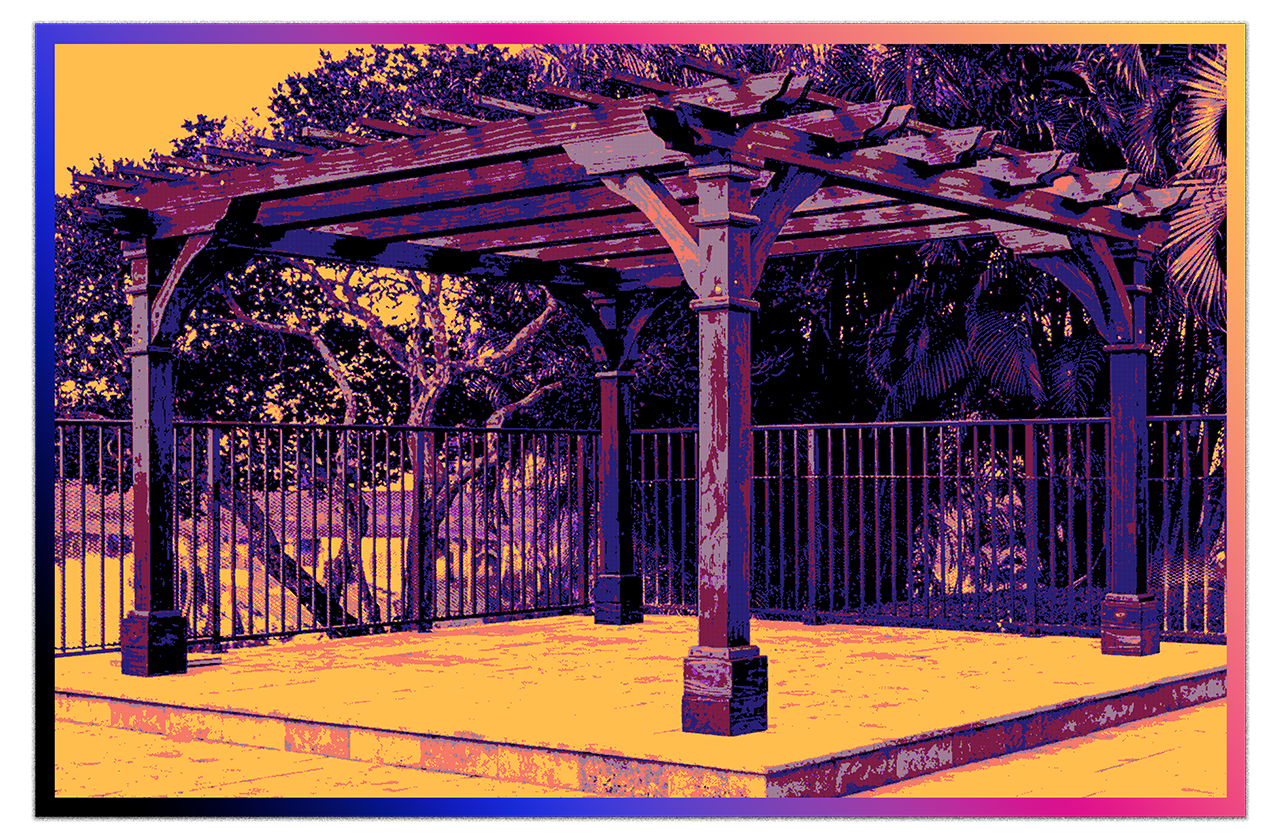What Every Dungeon Needs
Why You're Forgetting the Key Ingredient + What to Do About It
We live in what is probably the best time for roleplaying games in all of history.
There are countless system options, guidance for nearly every aspect you can think of, and more content for each of those systems than anyone could run in a lifetime.
One of the most popular types of modules is the dungeon or the dungeon-crawl.
You may believe there is a ton of advice on creating and running dungeons out there. And you’d be right!
But there’s something almost all of them miss. And the ones that don’t seem to skim over it as quickly as possible:
The dungeon’s theme, as in, what story is this dungeon trying to tell?
Why You Need A Theme
Like any good narrative, a dungeon needs context.
Let’s take a step back and pretend you’re going to do a home improvement project. For the sake of argument, let’s pretend you’re building a pergola.
Chances are, if you’re building this big, beautiful thing you’ve already figured out a few things:
Where you want to put it
Why you want it in the first place
How it’s going to fit with the rest of your home
If you didn’t know those things, you’d have a hell of a time trying to figure out dimensions, scale, and the type of wood… pretty much every part of the process would be difficult.
Dungeons, it turns out, aren’t much different. When you don’t know the context or theme of a dungeon, every step becomes more difficult.
Instead of a select number of monsters, you gotta choose from every existing monster. Instead of figuring out what kinds of rooms are here, you have to think of every type of room that pops into your head (except the one you actually land on, of course).
A theme derives context, and from context, we can determine aesthetics and objectives. Theme drives nearly everything in the design of a dungeon: what the dungeon used to serve as, what happened to it, and what it serves as now (along with who’s occupying it).
Determining Theme & What To Do With it
The theme doesn’t have to be complicated. In fact, most of the time, it’s the simplest thing of all.
Love.
Death.
Betrayal.
Change.
Tradition.
These themes (among hundreds, if not thousands of others) can be endlessly exploited and will likely result in the same story.
The Fountain (2006) is about death.
So is Puss in Boots: The Last Wish (2022).
So, how do you pick a theme?
You pick whatever is exciting to you.
I’m not saying, “Pick whatever; it doesn’t matter.” I’m saying whatever you pick should fascinate you because you will be writing about it A LOT. The monsters will relate to it. The rooms will relate to it. By the end of the dungeon, the player characters will relate to it.
Once you pick a theme, then what? Well…
Joking aside, once you pick the theme you can more or less figure everything else out through stream of consciousness.
As an example:
Dungeon Theme: Death
A temple once dedicated to life.
Became corrupted when a head priest killed his congregation after becoming obsessed with impressing the Queen of the Underworld.
Turns out, the Queen thinks that’s more funny than impressive.
She flays him, drives him mad, and now she has him as her little imp that flits around the infernal court stabbing people and laughing his ass off.
Meanwhile, the temple falls into disrepair because who wants to worship in a place that had a mass casualty event?
Bad energy falls over the place because no cleric or god will go near the place.
That means monsters start mucking up the joint, especially those drawn to negative energy. Move the timeline up a few years, maybe a decade or two.
Enter: the player characters, sent here to investigate “the old ruined temple on the hilll”.
That’s one way to do it and, I imagine, how most GMs do actually do it.
But what if your theme is a little more complicated than “death” or “life”? What if you’re having a hard time connecting the dots between various interpretations of the theme? What if you want to use more than one theme?
I’ve got a new worksheet for you!
Dungeon Design (ABC Method) Worksheet
Using the ABC Method (Anchoring | Backstory | Curate), you can quickly assemble a dungeon based on your favorite themes. From determining the core theme to creating focal encounters based around it, this 2-page FREE worksheet will help you design a dungeon in no time. Six d6 improvisational tables on the second page give you just enough spark to get ideas in your head.
Last Thoughts
There is a ton of great advice out there for generating the physical layout and contents of a dungeon. Some have released just this past month, such as:
Skeleton Code Machines’s newest articles on generating dungeon maps and what makes a good dungeon crawl are must-reads.
Murkdice’s articles from last summer on why they love pointcrawl dungeons and how to get started with one are great inspirations for alternative dungeon designs
A great melding of themes and designs came together to form DEATH BY DUNGEON from Thog’s Table and many others here on Substack. An awesome (and free!) read.
With all that, you should be well on your way to create the newest dungeon hotness that’ll win an ENNIE.

This article is brought to you by the following paid subscribers who make this newsletter possible:
Azzlegog
Colin
Michael Phillips
Mori
Space Pirate









I’ll state my bias up front and say I’ve always found dungeons tiresome, crushing and flattening the ambit of play into mechanical ‘roll’ playing (roll to discover secret doors, roll to disarm traps, roll to make an accurate map, roll to cross the pit, roll to translate the inscription, roll to hit the kobold) at the expense of every other aspect of the hobby. That said, I can see the case for a looser construction of the word ‘dungeon’ to refer to ‘a discrete environment’.
I’m curious to know whether and how you think themes are compatible with random dungeon generation? There seems to me to something approaching a contradiction between adherence to a theme and randomisation. To use your metaphor, it seems a bit like trying to build a pergola using components selected by sticking several pins in a garden furniture catalogue while blindfolded.